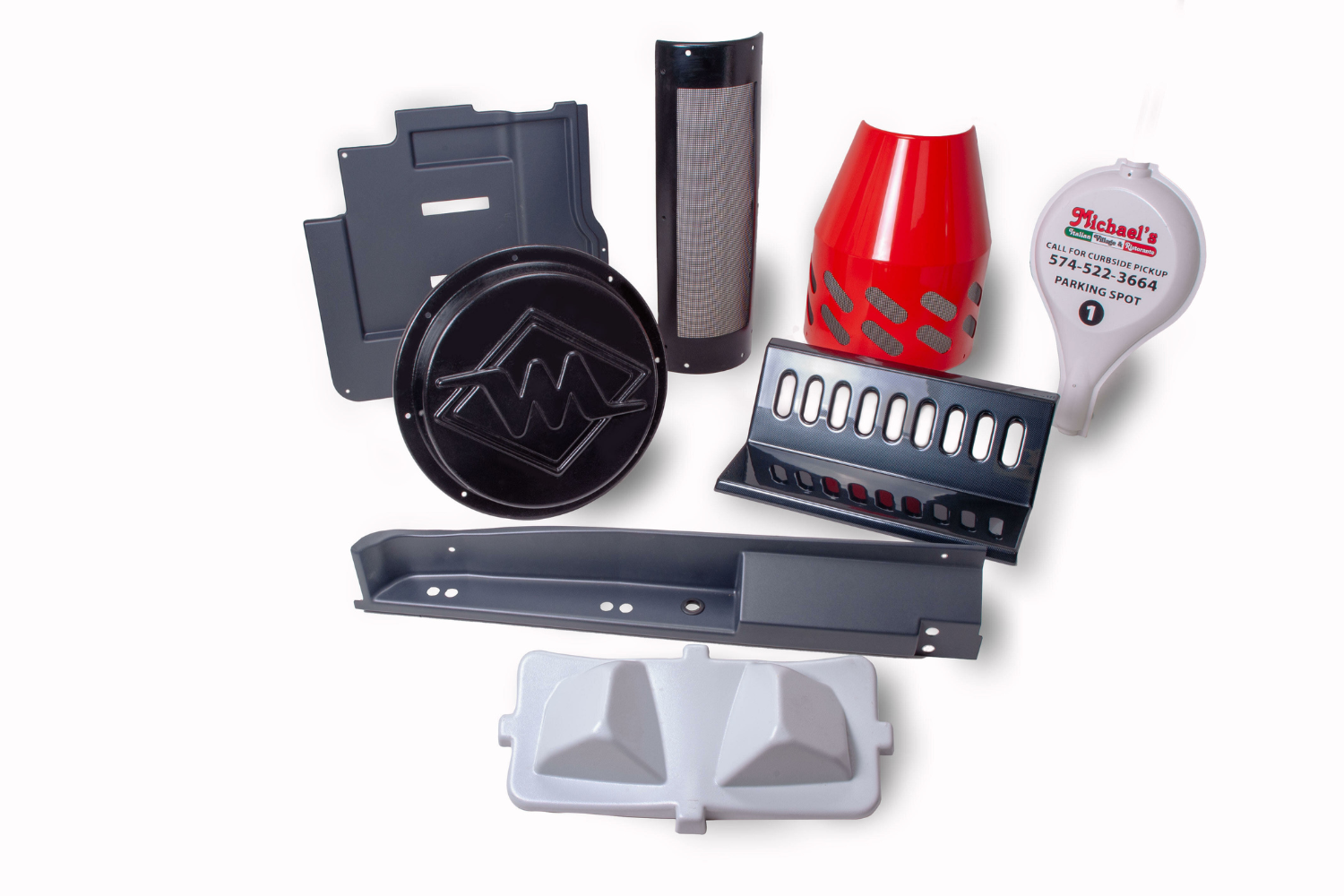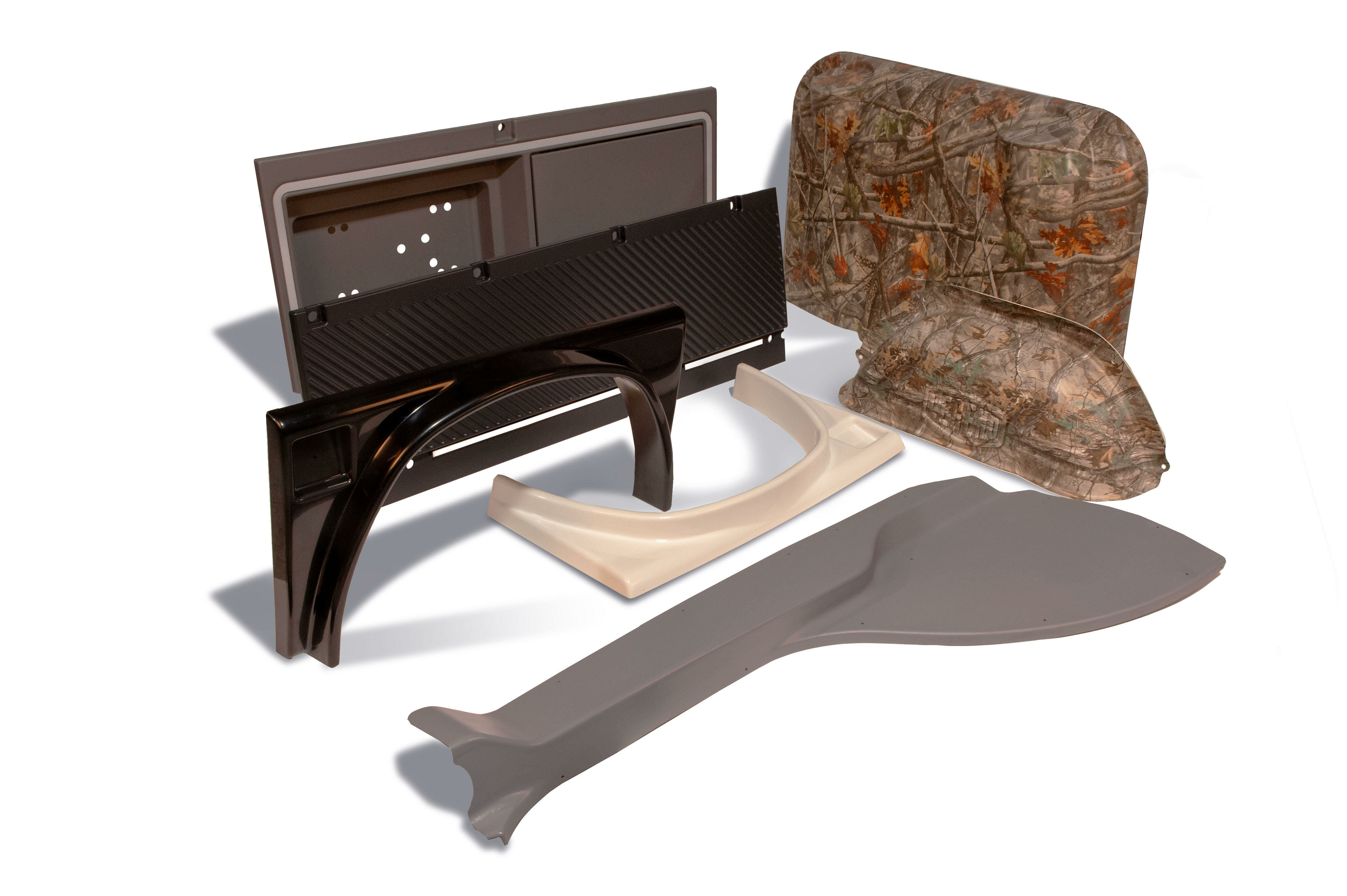Steel Bladder Forming vs. Thermoforming: Understanding Your Options for Complex Parts
What Is Steel Bladder Forming and How Does It Compare to Thermoforming?
Steel bladder forming uses fluid pressure (often with a rubber bladder) to shape sheet metal against a single-sided die. It's a step up from traditional brake forming, enabling the achievement of smoother curves and more complex shapes in metal.
Thermoforming uses heat and vacuum or pressure to form plastic sheets over a mold. Both processes aim to create complex shapes more efficiently than traditional fabrication, but they take very different approaches.
When Should You Consider Bladder Forming Over Traditional Fabrication?
Bladder forming excels when you need smooth, complex curves in metal with better surface finish than traditional forming. It's ideal for aerospace components, architectural panels, or any application requiring the strength of metal with more sophisticated geometry.
The process still requires metal cutting, trimming, and often joining multiple pieces for complex assemblies. Secondary operations like painting or coating remain necessary.
How Do Costs Compare Between Bladder Forming and Thermoforming?
Bladder forming tooling is less expensive than matched metal dies but more costly than thermoforming tools. You're still working with metal, so material costs fluctuate with market prices.
Thermoforming tools can be made from aluminum, composite, or even wood for short runs. Material costs remain stable, and you eliminate painting and coating operations entirely.
What About Production Speed and Flexibility?
Bladder forming is faster than traditional metal fabrication for complex shapes, but still requires multiple steps. Form the part, trim, deburr, prepare surfaces, paint or coat.
Thermoforming consolidates these steps. Parts come off the mold with color and texture already incorporated. Design iterations happen faster because you're modifying a single tool rather than multiple fixtures.
Which Process Handles Design Changes Better?
Both offer more flexibility than traditional stamping dies. Bladder forming tools can be modified, but you're still constrained by metal forming limitations.
Thermoforming molds can be easily modified for design updates. Need to add a radius? Adjust a mounting boss? These changes that might require new metal forming fixtures can often be machined directly into existing thermoforming tools.
When Does Each Process Make the Most Sense?
Choose bladder forming when you absolutely need metal's structural properties or temperature resistance but want more design freedom than traditional fabrication allows.
Choose thermoforming when weight matters, when corrosion resistance is critical, when you need faster development cycles, or when complex organic shapes would be prohibitively expensive in metal.



